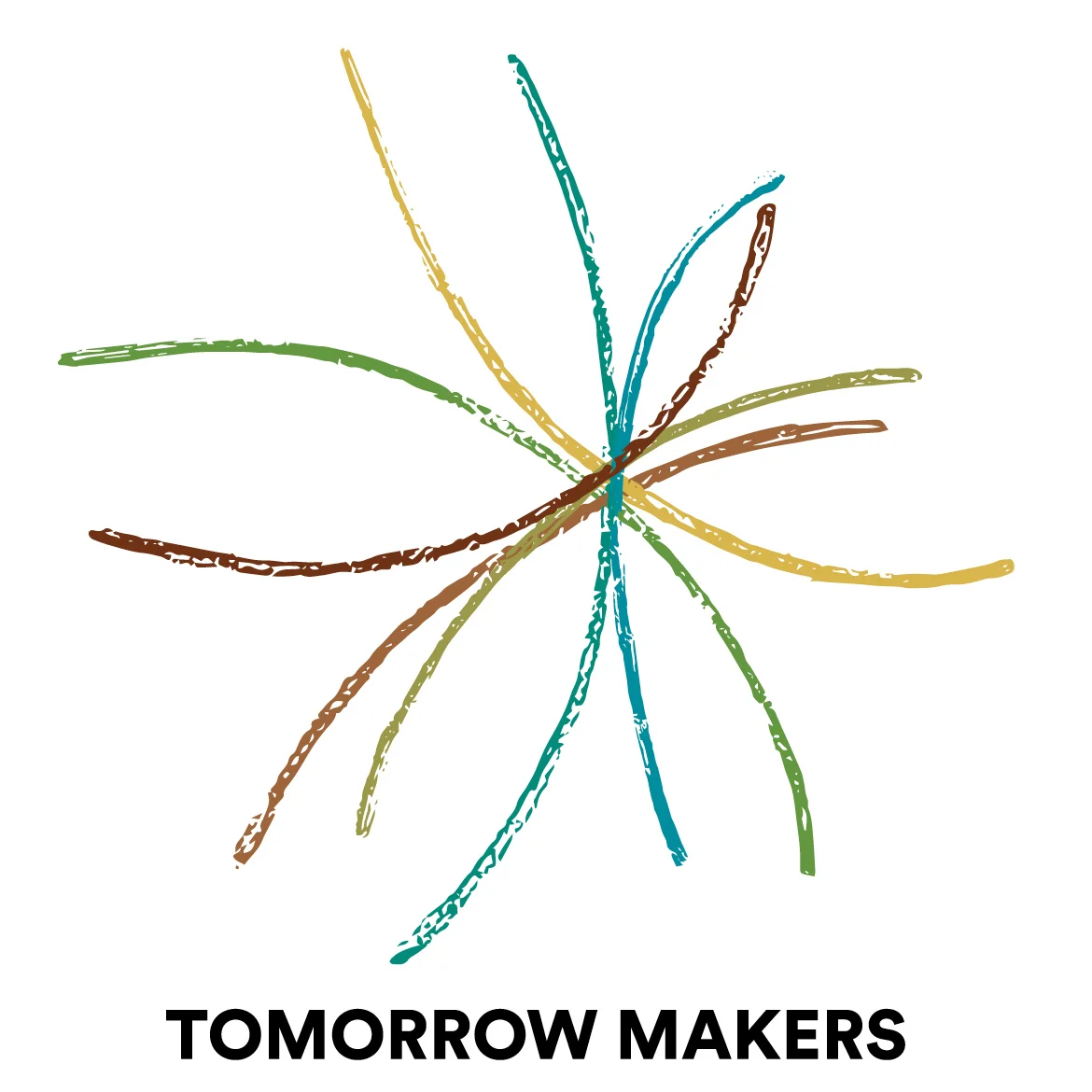Wayfinding our way into the future
/"Adaptation is the act of bending a structure to fit a new hole. Evolution, on the other hand, is a deeper change that reshapes the architecture of the structure itself – often producing more holes for others.
Every worker dabbling in artificial evolution has been struck by the ease with which evolution produces the improbable. Evolution doesn’t care about what makes sense; it cares about what works!" Tom Ray, Out of Control by Kevin Kelly, page 340
Historically, wayfinding refers to the techniques used by travelers over land and sea to find relatively unmarked and often mislabeled routes.
Since we are traveling into an unknown future, a good wayfinding process can help us decide when, how, and where to go. It can help us find unmarked and often mislabeled routes deep into future opportunities, perhaps helping us avoid treacherous paths and dangerous assumptions. Wayfinders help mark the way for others to follow.


